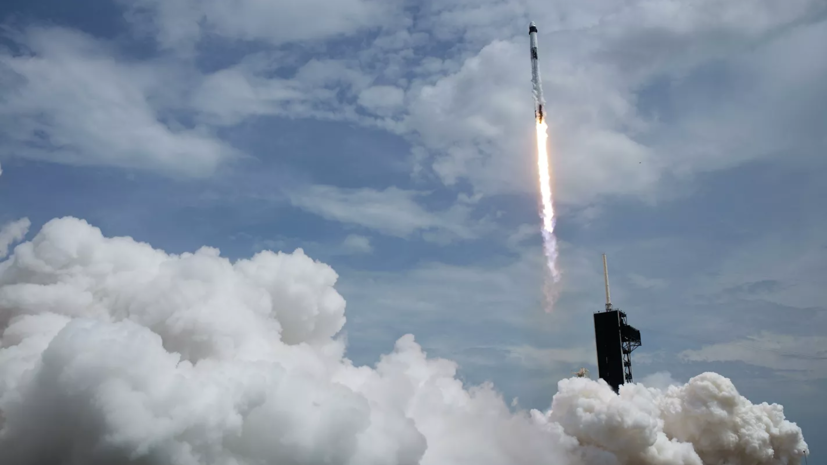As Afanasyev said in an article for the magazine (the publication belongs to Roskosmos), Crew Dragon has a crew rescue system in the event of an accident at any launch site.
The system is provided by a propulsion system, which is integrated into the return unit.
“Once it was supposed to provide the function of soft rocket landing on land, but NASA officials hacked on this idea by demanding to put the capsule in the ocean,” the material said.
Afanasyev emphasized that “the deployment of huge thrust liquid engines” of the emergency rescue propulsion system “right behind the cab wall” is causing concern.
He noted that a number of experts doubt the safety of the "immediate vicinity of the crew and a couple of tons of toxic fuel components" that are supplied under pressure to the engines of the emergency rescue system.
According to the expert, nitrogen tetroxide and monomethylhydrazine "this is still not water and not even hydrogen peroxide."
“Last year’s explosion at a ground stand underlines the validity of these doubts,” he emphasized.
However, the author noted that the Crew Dragon cockpit is noticeably more spacious than the Soyuz descent vehicle and is designed for seven astronauts.
“However ... NASA cut the crew to four people - no longer required. It turns out that in order to solve its main task - delivering people to the ISS - the new ship so far looks oversized, ”added Afanasyev.
On May 30, SpaceX and NASA launched the Falcon 9 launch vehicle with the Crew Dragon spacecraft to the International Space Station.
May 31 at 17:17 Moscow time Crew Dragon successfully docked to the ISS.

